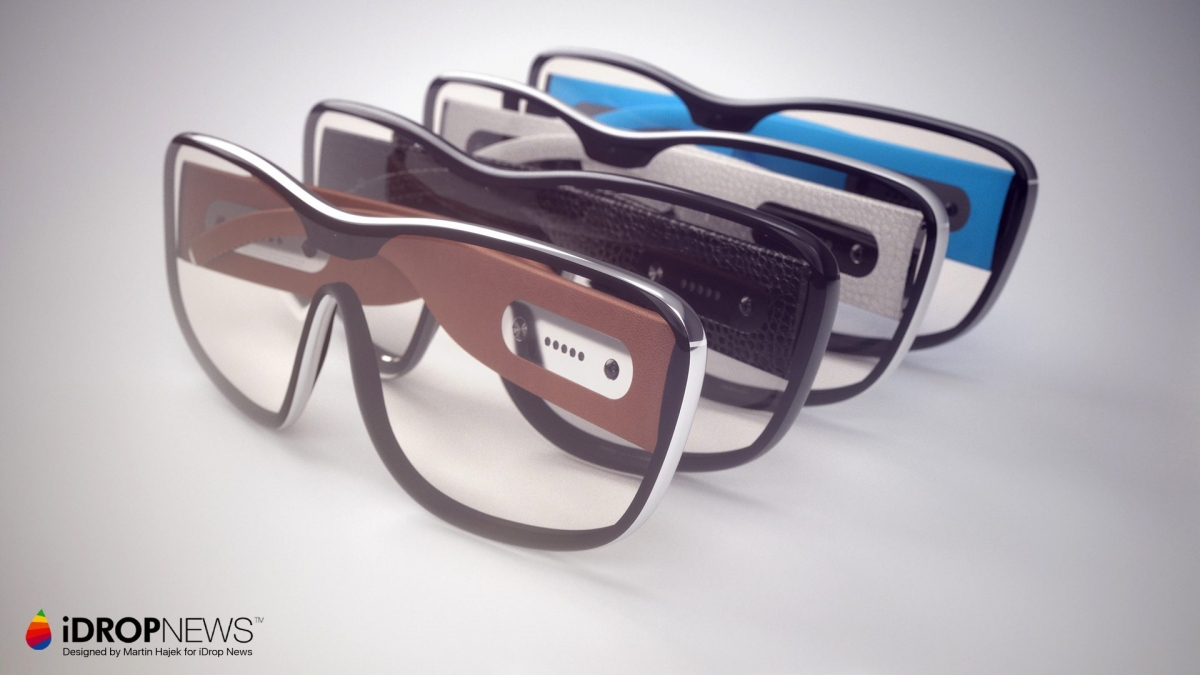Apple's Strategic Shift to AI Glasses: A New Era in Wearable Tech
Apple pivots to AI glasses, pausing Vision Pro. This strategic shift could redefine digital interaction and disrupt the wearable tech landscape.

Apple’s Strategic Shift to AI Glasses: A New Era in Wearable Tech
Apple has officially entered the competitive AI glasses market following a strategic pause on its highly anticipated Vision Pro mixed reality headset. This pivot signals the tech giant’s renewed focus on developing augmented reality (AR) eyewear integrated with advanced artificial intelligence capabilities. As the AI glasses race accelerates with major players like Meta, Google, and Snap already pushing their devices, Apple’s entry could significantly disrupt the landscape and redefine how consumers interact with digital information in real life.
Background: Vision Pro Delay and Strategic Shift
Apple unveiled the Vision Pro in June 2024 as a revolutionary spatial computing device blending AR and virtual reality (VR) with powerful onboard computing and a premium price tag of $3,499. However, after initial excitement, Apple recently announced a delay in the Vision Pro’s commercial launch, citing the need for more refinement in user experience and hardware optimization.
This pause has coincided with Apple’s intensified research and development efforts aimed at creating AI-powered smart glasses that are more lightweight, socially acceptable for daily wear, and equipped with cutting-edge AI functions such as natural language understanding, real-time translation, and contextual digital assistance.
What Is Driving Apple’s AI Glasses Ambition?
Several factors underpin Apple’s decision to enter the AI glasses market at this juncture:
- Market Momentum: The smart glasses market is projected to grow significantly, with estimates suggesting a compound annual growth rate (CAGR) exceeding 20% through 2030. AI integration is seen as a key differentiator for the next generation of wearable devices.
- Technological Advancements: Breakthroughs in AI, miniaturized sensors, and low-power chips enable more seamless and intuitive AR experiences, overcoming previous limitations in battery life and form factor.
- Consumer Demand: There is growing interest from consumers for devices that blend digital convenience with real-world interaction, such as heads-up notifications, hands-free navigation, and AI-powered contextual insights.
- Competitive Pressure: Meta’s Quest Pro, Google’s Glass Enterprise Edition, and Snap’s Spectacles have already established footholds in the AI-enhanced augmented reality space, pressuring Apple to innovate rapidly.
Key Features Expected in Apple’s AI Glasses
While Apple has not publicly disclosed full specifications or a launch timeline, industry insiders and leaks have suggested the following features are in development:
- Sleek AR Eyewear Design: Unlike the bulky Vision Pro headset, Apple’s AI glasses are expected to resemble conventional eyewear, prioritizing style and comfort for everyday use.
- AI-Powered Digital Assistant: Integration of Siri with enhanced AI capabilities for conversational interaction, real-time language translation, and proactive contextual alerts.
- Advanced Sensors and Cameras: Eye-tracking, environment scanning, and gesture recognition to enable intuitive control and immersive mixed reality experiences.
- Seamless iPhone and Mac Connectivity: Deep integration with Apple’s ecosystem to display notifications, navigation, messages, and calls without needing to pull out a phone or laptop.
- Health and Wellness Monitoring: Potential for biometric sensors to track metrics such as eye strain, posture, and ambient environmental factors.
Industry Impact and Challenges
Apple’s entry into AI glasses could be a game-changer, accelerating adoption and innovation across the wearable tech space. Given Apple’s expertise in design, hardware-software integration, and ecosystem development, the company has the potential to set new standards for usability and desirability.
However, several challenges remain:
- Privacy Concerns: AI glasses raise significant privacy and ethical issues, such as data collection, facial recognition, and public recording, which Apple will need to address transparently.
- Battery and Processing Power: Miniaturizing AI hardware to fit into lightweight glasses without compromising performance or battery life is a major engineering hurdle.
- User Experience: Creating compelling use cases and ensuring comfort for long-term wear is critical for consumer acceptance beyond niche markets.
Context and Future Outlook
Apple’s decision to pivot from Vision Pro’s mixed reality headset to AI-enhanced smart glasses reflects broader trends in the tech industry emphasizing AI integration and wearable computing. The move aligns with Apple’s longstanding strategy of entering emerging markets only after thorough product refinement to deliver premium experiences.
Analysts predict Apple’s AI glasses could launch within the next 18-24 months, with initial models targeting tech enthusiasts and professional users before broader consumer adoption. This timeline would allow Apple to leverage advances in silicon, AI algorithms, and AR optics currently under rapid development.
In conclusion, Apple’s entrance into the AI glasses race marks a significant evolution in wearable technology, signaling the dawn of a new era where intelligent digital assistants are seamlessly woven into everyday vision. The success of this venture could reshape how people access information, communicate, and interact with the world around them.
Images Relevant to the Article
-
Apple AI Glasses Concept Render
A conceptual image showing sleek, lightweight AR glasses with subtle Apple design cues. -
Apple Vision Pro Headset
The original spatial computing headset Apple announced, highlighting the shift from bulky form factors to glasses. -
Apple Logo
Symbolizing the company’s corporate identity and innovation leadership. -
Competitors’ AI Glasses
Meta Quest Pro, Google Glass Enterprise Edition, and Snap Spectacles, to illustrate the competitive landscape.
Note: Due to the current embargo on detailed official specs, these images are based on available concept art and product announcements.



